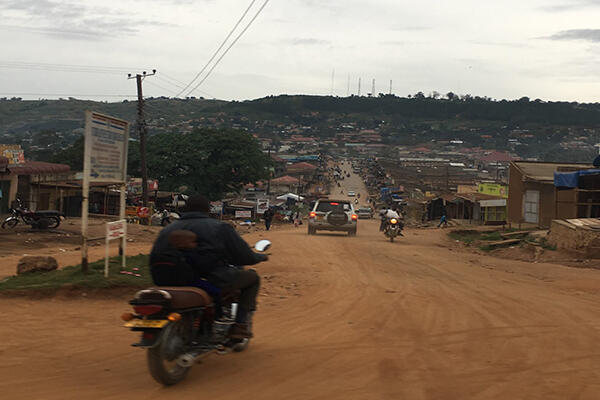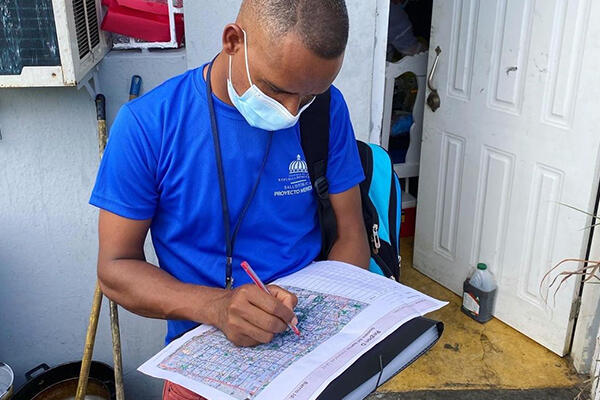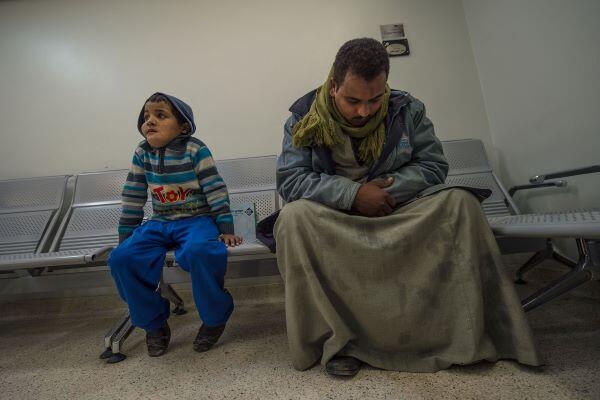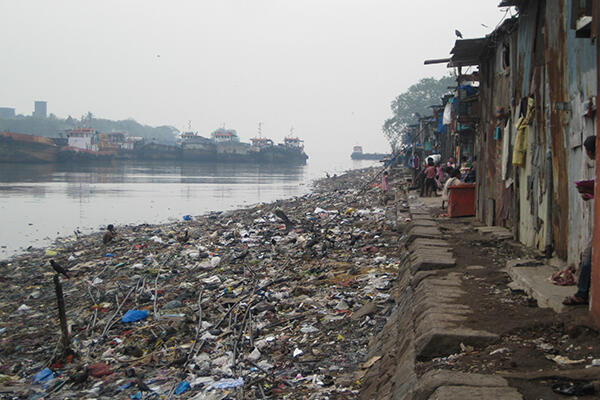Philippa Boulle, Sylvia Kehlenbrink, James Smith, David Beran, and Kiran Jobanputra. 3/13/2019. “
Challenges associated with providing diabetes care in humanitarian settings.” The Lancet, 7, 8, Pp. 648-656.
Publisher's VersionAbstractThe humanitarian health landscape is gradually changing, partly as a result of the shift in global epidemiological trends and the rise of non-communicable diseases, including diabetes. Humanitarian actors are progressively incorporating care for diabetes into emergency medical response, but challenges abound. This Series paper discusses contemporary practical challenges associated with diabetes care in humanitarian contexts in low-income and middle-income countries, using the six building blocks of health systems described by WHO (information and research, service delivery, health workforce, medical products and technologies, governance, and financing) as a framework. Challenges include the scarcity of evidence on the management of diabetes and clinical guidelines adapted to humanitarian contexts; unavailability of core indicators for surveillance and monitoring systems; and restricted access to the medicines and diagnostics necessary for adequate clinical care. Policy and system frameworks do not routinely include diabetes and little funding is allocated for diabetes care in humanitarian crises. Humanitarian organisations are increasingly gaining experience delivering diabetes care, and interagency collaboration to coordinate, improve data collection, and analyse available programmes is in progress. However, the needs around all six WHO health system building blocks are immense, and much work needs to be done to improve diabetes care for crisis-affected populations.










